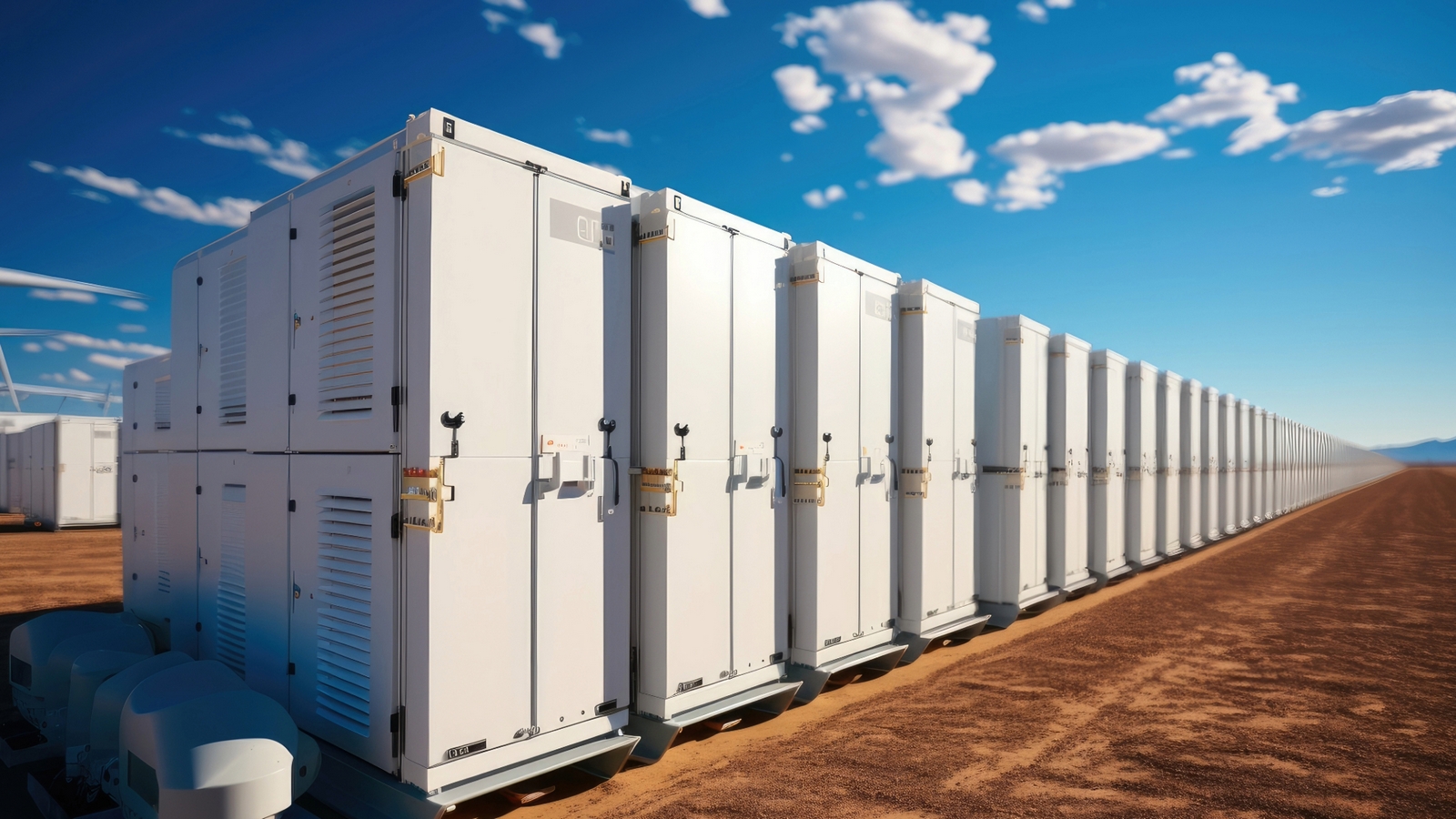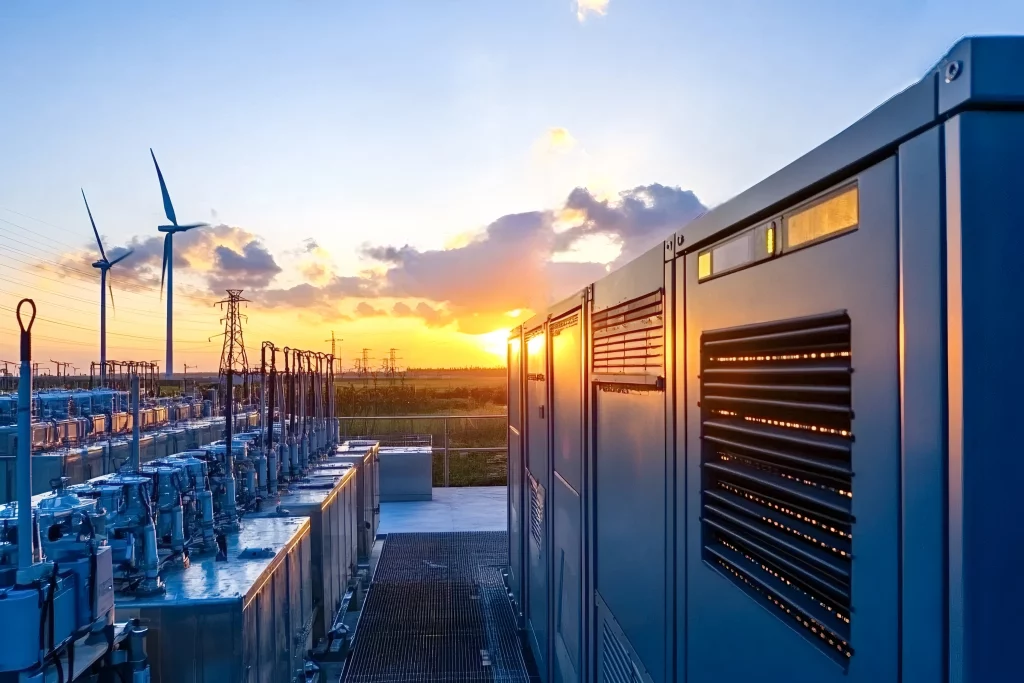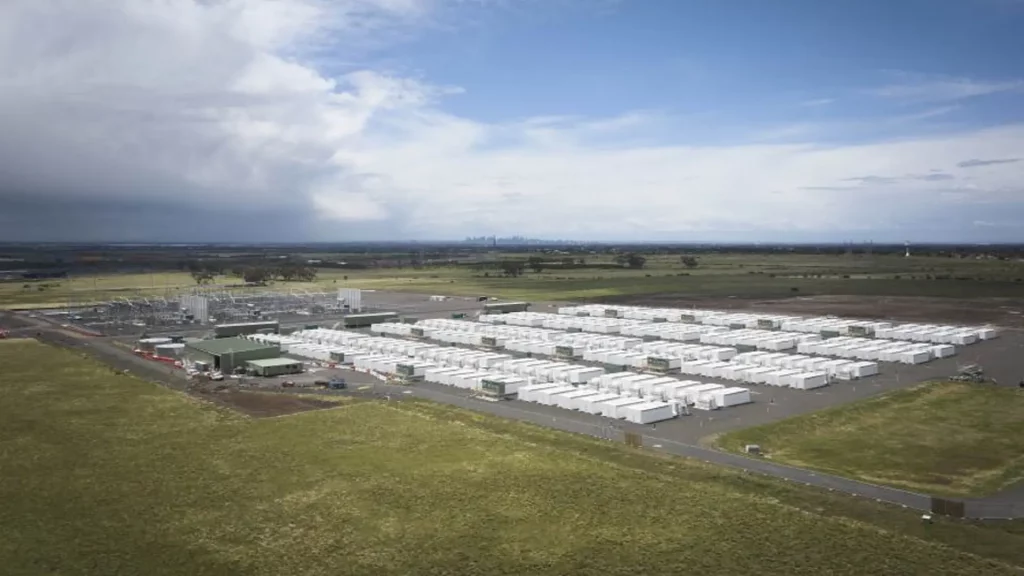
Almost 16 GW of energy storage systems are in operation in the US
By the end of 2023, US companies reported operating 575 batteries with a total capacity of 15,814 megawatts. The US Energy Information Administration (EIA), based on the plans of energy companies, expects that by the end of 2028, the capacity of batteries in the United States will more than double to 35,953 MW.
This is evidenced by the data of the preliminary EIA annual report on power generators, POWERGRID reports.
According to the document, energy companies are increasingly using batteries to ensure grid stability and arbitrage, i.e., accumulating electricity during periods of low prices and returning it to the grid during periods of high prices.
The main use of 10,487 MW of battery capacity is arbitrage, making it the most common use of the energy produced. Utilities charge batteries by buying electricity during periods of low prices and then selling it when electricity prices rise.
Companies can also use batteries to improve the reliability of the power grid, in particular to maintain frequency, which is the most common use of battery capacity in the list of ancillary services.
Investors have already invested billions of dollars in the development of batteries to capitalize on a fairly booming market, which, however, is largely based on speculative opportunities. However, the markets are developing slowly, the authors of the article note, which leads to growing uncertainty about the way forward.
In California, the battery boom is driven by both ambitious government procurement programs and a market structure that allows batteries to support energy needs rather than being relegated to “ancillary services.”
At the same time, the state notes challenges for solar energy related to the deepening of the “duck curve” (demonstrating fluctuations in electricity demand from traditional power plants from noon to late evening, when energy demand is still high and solar generation has already decreased), but the favorable market structure creates significant economic opportunities.
In Texas, the second largest battery market in the US, battery developers, backed by billions in private investment, are flocking to ERCOT (Electric Reliability Council of Texas, Inc., which operates the state’s electric grid – Ed.), in part due to favorable permitting and interconnection rules that have turned Texas into a clean energy hotbed.
Become a member of 100 RE UA
Switching to 100% renewable energy in Ukraine is possible!




